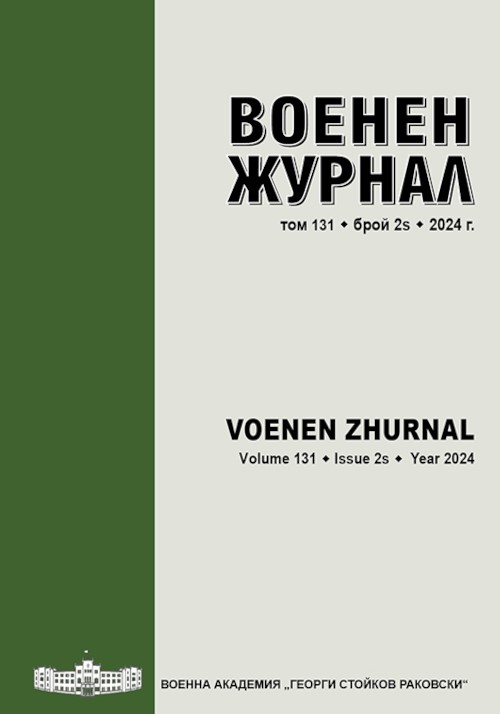Договорът за обикновените въоръжени сили в Европа – подписване, адаптиране и прекратяване
The Treaty on Conventional Armed Forces in Europe – Signing, Adaptation and Termination
Author(s): Angel ApostolovSubject(s): History, Social Sciences, Education, Military history, Political history, Recent History (1900 till today), Vocational Education, Adult Education, Higher Education , State/Government and Education, WW II and following years (1940 - 1949), Inclusive Education / Inclusion, Distance learning / e-learning
Published by: Военна академия „Г. C Раковски"
Keywords: CFE; NATO; Russia; WTO; USSR
Summary/Abstract: The topic of this scientific article examines the problems that arose before the effective control of conventional armed forces in the decades after the end of the Cold War. The Treaty on Conventional Armed Forces in Europe (CFE) is the keystone for the establishment of mutually acceptable restrictions on this category of armaments. Conceived as a treaty between two monolithic military-political blocs, the CFE has had to be adapted several times since the end of the Cold War and the new security environment that emerged in Europe after the collapse of the Warsaw Treaty Organization (WTO). However, the contradictions between NATO and Russia are the reason why the CFE was not able to reach its full potential. The escalation of the Russian aggression against Ukraine and the deep mutual mistrust between Moscow and the Western partners led to the Russian Federation’s decision to withdraw from the CFE Treaty.
Journal: Военен журнал
- Issue Year: 131/2024
- Issue No: 2s
- Page Range: 16-29
- Page Count: 14
- Language: Bulgarian
- Content File-PDF

